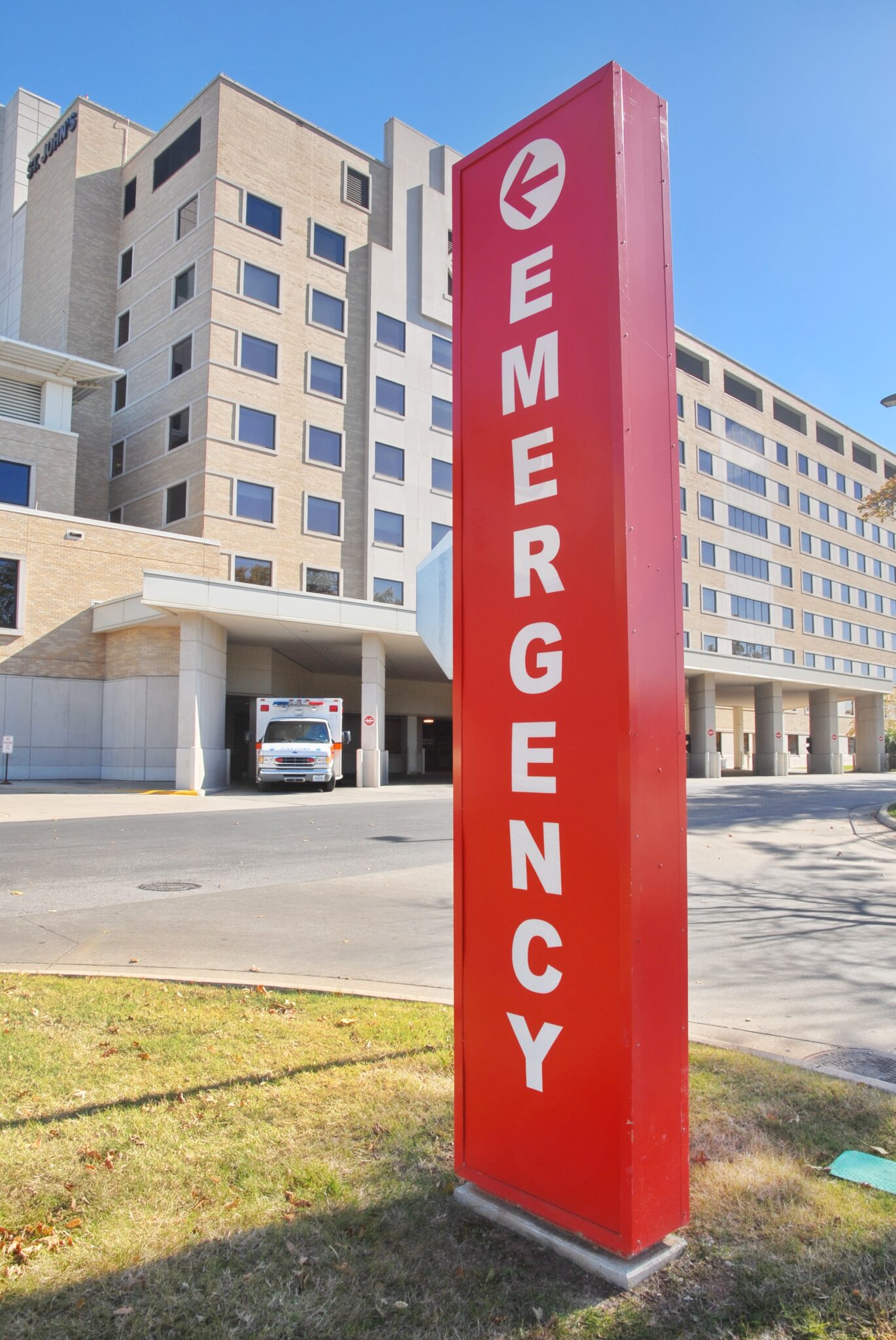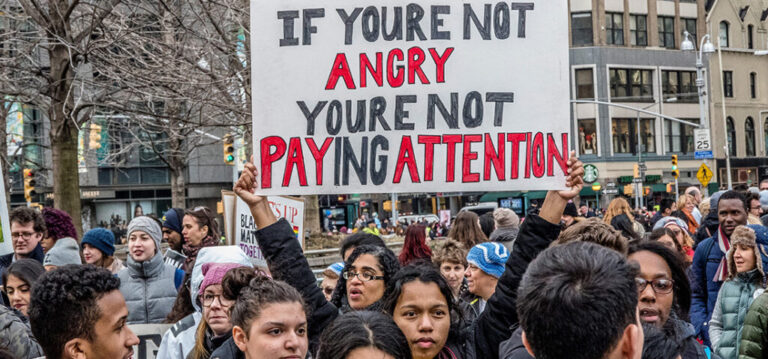
Gwen Byrne is a student at Harvard Law School and a member of the Labor and Employment Lab.
Background
Before the pandemic, physicians were unhappy. After the pandemic, physicians are unbearably miserable. Doctors face increased violence in emergency rooms, a drop in work-life balance, and higher rates of depression. The rate of physician burnout has jumped from 38.2 percent to 62.8 percent. A fifth of surveyed physicians plan to leave their practice within two years. These grim statistics lay bare the dire straits doctors have found themselves in, but the roots of discontent stretch back years. Proliferation of these issues pre-dates the pandemic and draws attention to another exacerbating factor, the rapid consolidation of America’s healthcare system.
For the past three decades, massive health systems have been buying up independent, physician-run practices and hospitals to create mammoth conglomerates that employ thousands of workers. Despite hospital systems assertions that mergers will create economies of scale, resulting in increased efficiency and lower prices for consumers, research has shown the opposite. One study found that the merger of two hospitals in one state increased prices by 7% to 9%. For physicians, unmanageable electronic health records, deflated wages, and staffing shortages are just a few of the consequences that follow. This trend isn’t new – hospitals began merging in significant numbers during the 1990s, but the trend is accelerating. From 1998 to the beginning of 2010, the number of hospitals in the United States decreased by 2,000. Private equity (PE) groups have become more prominent in the space as well; completing 484 deals in 2021 as compared to 75 in 2012. PE firms pose an acute threat because they typically prioritize turning a profit in seven to ten years, which disincentives long-term investments in staff, technology, and infrastructure improvements.
Government actors are paying heed to these concerns. The Biden Administration has made revitalizing competition between healthcare systems an explicit goal. The Federal Trade Commission challenged three mergers in Utah, New Jersey, and Rhode Island in 2022. On the state level, attorneys general have also taken on a prominent role in contesting these consolidations. Still, government regulators have limited resources and can only intervene in a small fraction of cases. Twenty mergers were announced in the second quarter of 2023 alone, including healthcare giant Kaiser Permanente’s acquisition of Geisinger Health. The unsettling truth is that there’s no clear sign that these mergers are waning, which begs the question: what alternative means of mitigation exist? Physicians might hold the answer.
How Mergers Impact Physicians
The repercussions of consolidation on patients have been well documented, but mergers can be equally devastating for physicians. Mergers take decision-making power away from physicians and place it in the hands of profit-hungry administrators. The fallout? Physicians feel hindered by out-of-touch decisions regarding technology, patient services, and staffing. Seventy percent of emergency physicians agree that corporatization has had a negative or strongly negative impact on the quality of care. The inability to effectively service patients can lead to “moral injury,” defined as the emotional wound that doctors sustain when fulfilling their duties requires them to transgress their core values. For instance, physicians are pressured to not keep patients beyond the length-of-stay guidelines because it hurts profitability.
Mergers also hurt morale and worsen already critical staffing shortages. Physicians who have never experienced a merger are more likely to recommend their organization to friends or family and feel more positive about collaboration with colleagues. After a merger, doctors report feeling less supported, less inspired, and less likely to remain at the facility. Evidence has also shown that physician burnout is a “local phenomenon,” meaning that physicians who work with burnt-out colleagues are more likely to become burnt out themselves. When workers feel burnt out, they are more likely to quit, increasing the workload and stress of everyone else in turn. A study from the Mayo Clinic found that primary care physician turnover costs the healthcare system almost 1 billion dollars annually. Still, doctors who leave may not be in a much better position than before; if a doctor is dissatisfied with management at their current hospital, there’s a high chance that other facilities in the area are owned by the same conglomerate.
As physicians grapple with the dual pressures of healthcare consolidation and the pandemic’s relentless toll, a remarkable resurgence of enthusiasm has swept through the physician community and turned their attention to the road less traveled: unionization.
The Importance of Physician Unions
Unions have been instrumental in improving working conditions for physicians for decades. In 1975, the first resident physician strike limited call duty to every third night, establishing the first meaningful restriction on hours in residency training. Similar endeavors have the potential for immense impact because of how hard it is to replace physicians. For example, there are only 2,774 pediatric cardiologists in the United States for 72.5 million children. The highly concentrated power associated with specialized roles exerts significant pressure on employers and increases the likelihood of successful negotiation.
With so much bargaining power in their back pocket and such demanding work conditions, we might expect to see physicians unionize at rates closer to nurses. Seventeen percent of nurses are in a union; only 5.9 percent of physicians are unionized, a modest increase from 1996 when that number was 5.5 percent. This disparity results in part from misinformation that has led physicians to believe that they are ineligible for unionization. While some physicians, especially attendings, are often labeled as supervisors rather than employees, residents and attendings alike can unionize if they are not responsible for personnel decisions. The ethical concerns of physician strikes further complicate this picture; employers and the public are quick to criticize physicians who strike as risking the lives and well-being of patients.
But a change is in the wind, as more doctors find themselves under the umbrella of health conglomerates and transition from owners to employees. As of 2022, 74 percent of physicians are employed by a hospital, health system, or other corporate entity. That number has significant potential for organizing efforts, especially in light of the NLRB’s recent affirmation that physicians are not de facto supervisors and can be eligible for unionization. The largest group of unionized doctors in a private system just won NLRB certification. The Committee of Interns and Residents has seen a remarkable 58 percent growth in membership in the past two years. Organizing efforts have been launched at Stanford, George Washington, and USC Keck.
By banding together, physician unions can advocate for themselves and their patients, allowing them to negotiate better terms, prioritize patient safety, and hold sprawling health systems accountable. Residents are fighting for hazard pay, additional support staff, and better child care. The Resident-Fellow Union at the University of Washington won pregnant residents the right to reject 24-hour shifts. Physician unions likewise benefit patients. Today, contract negotiations include patient care funds used to purchase necessary equipment in the hospital. Public hospital physicians in New York and Los Angeles used these funds to buy portable ultrasounds, simulation equipment for cardiac arrest training, and a custom-built supercomputer.
Conclusion
Physician’s renewed interest in unionization presents a promising path forward. Through solidarity, physicians have the potential to weigh in on the future of healthcare, improve their working conditions, and, in turn, enhance the quality of care they provide.










Daily News & Commentary
Start your day with our roundup of the latest labor developments. See all
June 30
Antidiscrimination scholars question McDonnell Douglas, George Washington University Hospital bargained in bad faith, and NY regulators defend LPA dispensary law.
June 29
In today’s news and commentary, Trump v. CASA restricts nationwide injunctions, a preliminary injunction continues to stop DOL from shutting down Job Corps, and the minimum wage is set to rise in multiple cities and states. On Friday, the Supreme Court held in Trump v. CASA that universal injunctions “likely exceed the equitable authority that […]
June 27
Labor's role in Zohran Mamdani's victory; DHS funding amendment aims to expand guest worker programs; COSELL submission deadline rapidly approaching
June 26
A district judge issues a preliminary injunction blocking agencies from implementing Trump’s executive order eliminating collective bargaining for federal workers; workers organize for the reinstatement of two doctors who were put on administrative leave after union activity; and Lamont vetoes unemployment benefits for striking workers.
June 25
Some circuits show less deference to NLRB; 3d Cir. affirms return to broader concerted activity definition; changes to federal workforce excluded from One Big Beautiful Bill.
June 24
In today’s news and commentary, the DOL proposes new wage and hour rules, Ford warns of EV battery manufacturing trouble, and California reaches an agreement to delay an in-person work mandate for state employees. The Trump Administration’s Department of Labor has advanced a series of proposals to update federal wage and hour rules. First, the […]